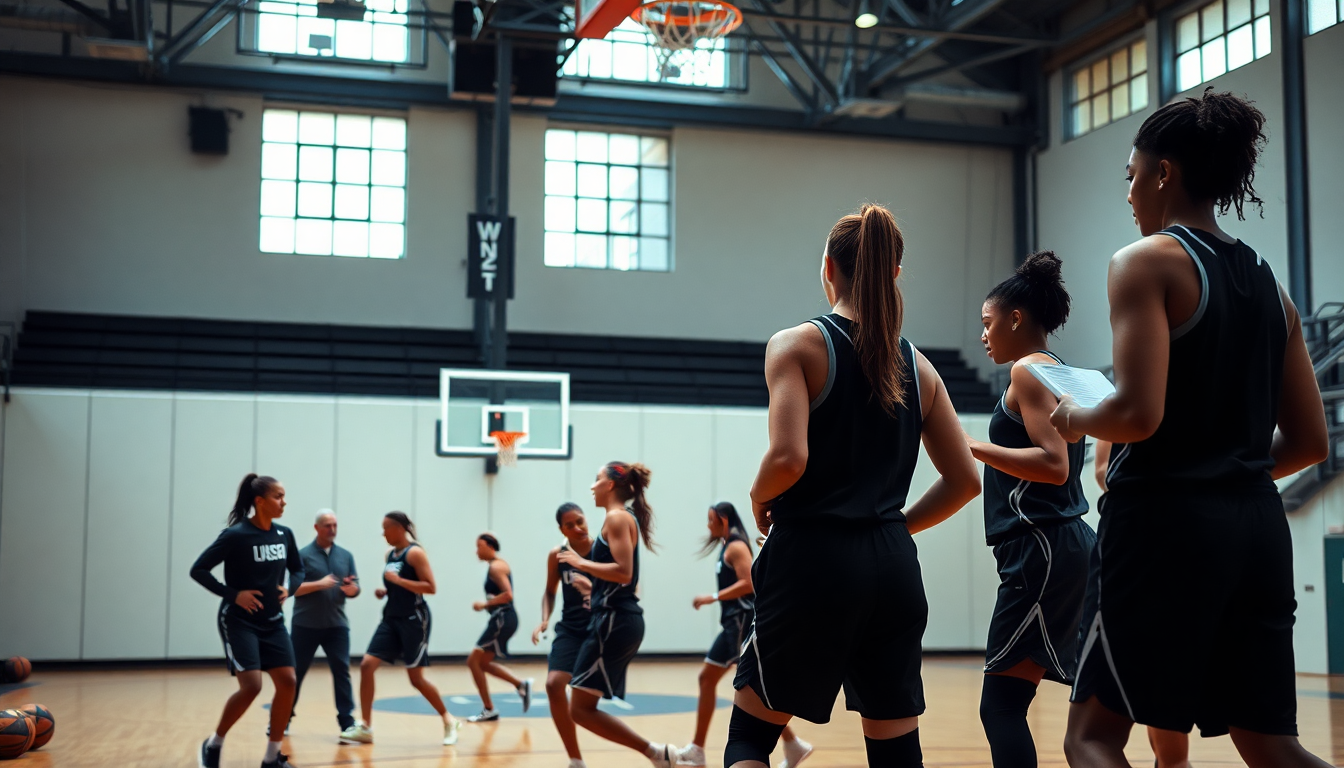Table of Contents
The WNBA is currently navigating a complex landscape filled with both exciting opportunities and significant challenges. One of the hottest topics? The treatment of rising star Caitlin Clark and the league’s plans to expand into new markets. Recently, players have voiced their concerns about the physical demands on athletes and the strategic decisions surrounding the establishment of new teams. In this article, we’ll dive into these critical issues, reflecting on player comments and what they mean for the future of the league.
Player Concerns Over Caitlin Clark’s Treatment
Emmanuel Acho has ignited a conversation about the WNBA’s management of Caitlin Clark, a player whose talent is hard to ignore. As the league ramps up its competitive atmosphere, worries are growing about whether the expectations placed on Clark are too much. Injuries are becoming a pressing concern, leading many to question the sustainability of the league’s current approach. Acho’s remarks highlight the urgent need for a balanced strategy that prioritizes player health while still keeping the competitive spirit alive.
As the WNBA continues to evolve, it’s crucial for league officials to think about the long-term effects of their policies. The physical toll on players, especially ones like Clark who are under the spotlight, raises vital questions about the current framework. Finding a way to support both player development and safety should be a top priority in the years to come. After all, who wants to see their favorite players sidelined due to injury?
Expansion Plans and Market Choices
Recently, the WNBA announced its plans to expand into Cleveland and Detroit by the end of 2030, alongside Philadelphia. However, this decision hasn’t been without its critics. Indiana Fever star Sophie Cunningham has expressed skepticism about the excitement surrounding these new markets. She questioned whether players and fans would genuinely engage with teams in these cities.
During a press conference, Cunningham shared her thoughts, emphasizing the importance of the league considering the broader appeal of potential expansion locations. While she acknowledged Cleveland and Detroit’s historical significance in WNBA lore, she suggested that cities known for their vibrant lifestyles, like Miami and Kansas City, could attract more interest from players and fans alike. This perspective is a reminder that just like in real estate, in sports, location is everything.
Reactions and Community Support
Cunningham’s comments have elicited a range of reactions, highlighting the challenges athletes face when voicing their opinions publicly. Despite clarifying that she values the working-class communities connected to these cities, she also pointed out the appeal of markets that offer more in terms of lifestyle and entertainment. This raises an important question: how can the WNBA create environments where players feel both supported and excited to contribute?
Moreover, Cunningham’s background in a farming community speaks volumes about hard work and perseverance—values she believes are essential in both sports and life. By advocating for cities that resonate with these principles, she’s not just pushing for growth in the league; she’s also championing for players to have a meaningful connection to their surroundings.
Looking Ahead: The Future of the WNBA
As the WNBA embarks on this new chapter with its expansion plans, it’s vital to approach these changes with a keen eye on player welfare and market dynamics. The league’s ability to attract top talent and maintain competitive balance will hinge on how effectively it addresses the concerns players have raised about their treatment and the environments they play in.
In conclusion, the discussions surrounding Caitlin Clark and the WNBA’s expansion plans reflect broader themes of player safety, market engagement, and community support. As the league moves forward, it must prioritize building a sustainable framework that benefits both its athletes and the communities it aims to serve. After all, a thriving league is one where everyone—players and fans alike—can feel at home. What do you think the WNBA needs to do to ensure its future success?


